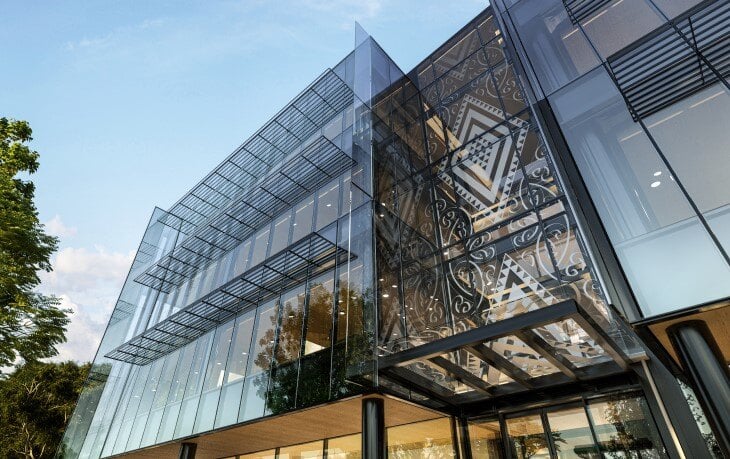In the coming weeks, one of the most important international events for several years will take place, and – hopefully – it should have some real world impacts on our sector.
COP26, the UN’s climate change conference, is taking place in the Scottish port city of Glasgow. The crunch talks start on 31 October, and run until 12 November. By 2050, the world is going to have to be zero carbon. This means we’ll have to emit less carbon than we remove from the atmosphere.
A few years ago, at COP21, in France, countries including New Zealand signed up to the Paris Agreement – agreeing to aim to limit global heating to 1.5 degrees. And as part of the agreement, countries made a commitment to update their plans to slash emissions every five years, and make these plans as ambitious as they could. These updated plans to slash emissions, due at COP26, are important because plans so far are not ambitious enough to meet the Paris Agreement targets. In COP-talk, the emissions reduction plans are called ‘nationally determined contributions’ or NDCs, and when you hear talk of ‘ratchet mechanisms’, that’s referring to the updated, more ambitious plans.
There will be tens of thousands of attendees, a slew of side events, protests, a deluge of announcements and statements, a declaration at the end, which will likely be leaked in draft form a couple of days early, all fuelled by adrenaline, extremely long days, a lack of sleep, and a sense of growing urgency as the days progress. It’s certainly not the kind of event anyone could effectively attend, let alone contribute to or influence, over zoom.
Building and construction is responsible for 39% of global carbon emissions. That means our sector has a huge role to play. Without people like you, we can’t get to a zero carbon world, and achieve a healthier, greener Aotearoa.
To recognise the vital – and growing – contribution to slashing pollution that buildings will make, COP26 will have a dedicated built environment day on 11 November. Ahead of built environment day, a coalition of groups, including the World GBC, C40, and others, is calling for emissions from building projects globally to be halved by 2030, and to reach net zero life-cycle emissions for all buildings by no later than 2050.
We’re working to make sure that Green Star and Homestar reduce climate pollution. Under the new, most ambitious version of Homestar, all homes aiming for a rating will now have to prove they have lower carbon pollution compared to an average new home. As knowledge grows, Homestar will, increasingly drive action on embodied carbon.
In relation to buildings the New Zealand sector is at an interesting cross roads. The LCA credits in Green Star enable measurement of embodied carbon emissions and many are starting to measure embodied carbon. The challenge is that there is no general agreement on how to measure embodied emissions.
The NZGBC is working hard on this at present. We are putting together a suggestion for common science based approach for embodied carbon emissions measurement for buildings. Increasing the emphasis on taking action on embodied carbon. We hope to consult on this soon.
Do please keep an eye out for updates on this, as we really need your feedback.
For any feedback on Green Star, or any of our other work, do drop a line to the NZGBC team.
Noho ora mai
Andrew



